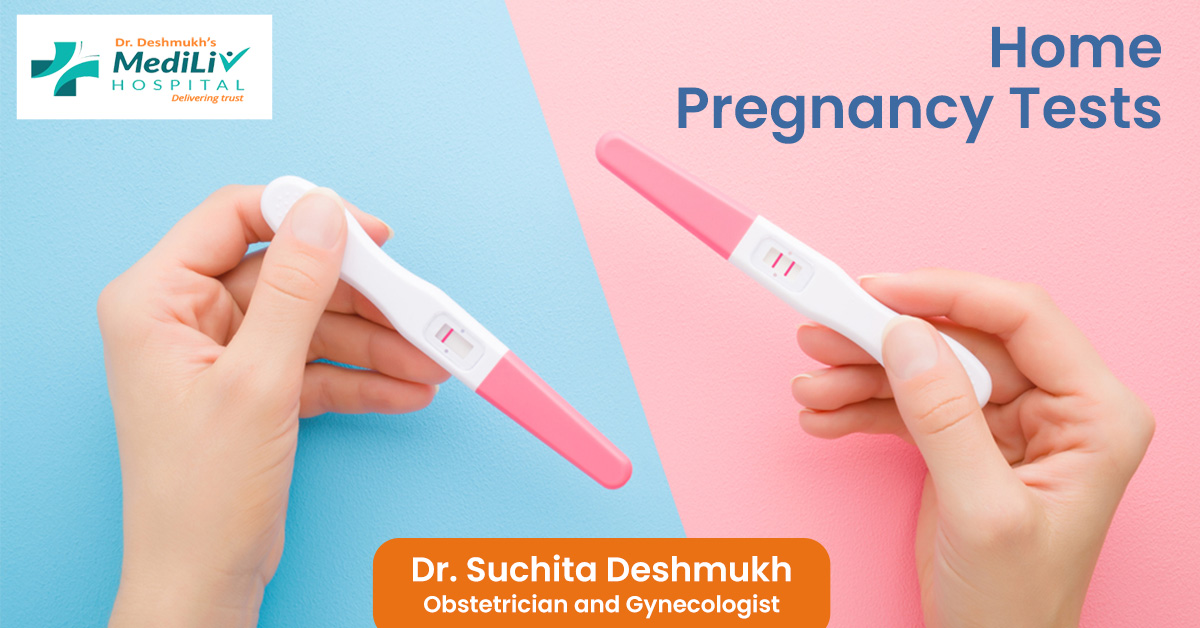There are always questions about home pregnancy tests which we have tried to answer here.
When to do a home pregnancy test?
The time after your menstruation is missing is the best time to perform the at-home pregnancy test. It is advised to take the test with a first-morning urine sample in the first few days after the missed period, but a week afterwards you can take it whenever you choose.
The test shouldn’t be taken before you miss a period since you might still be pregnant even if the results could be negative because the hormones are only now starting to circulate in the blood.
The test will take at least two to three weeks to be positive once you have conceived, therefore if you have irregular periods, you should check three weeks after your intercourse.
When to do the home pregnancy test after a termination/abortion?
The patient wants to know whether the pills have worked and whether the abortion procedure was effective after a medical abortion. They frequently perform a home pregnancy test to confirm that it is negative.
Even though the pills have a very good success rate and the patient may have had an abortion, the hormone level in the blood is very high and it will take some time for it to be cleared from the blood through the urine. As a result, the home pregnancy test should only be performed three weeks after the abortion.
The result of the urine test will be positive since the hormone can sometimes be seen in the urine and blood for up to three weeks. This does not indicate that the abortion procedure was unsuccessful. It simply indicates that the hormone clearance process takes some time in the body.
How do home pregnancy tests work?
The pregnancy hormone is detected in urine. There are many ready-to-use kits on the market that are quite user-friendly. They provide answers in a short period of time.
The embryo is created after the fertilization of the ovum and sperm. The embryo connects to the uterine wall by implanting there. The implantation process takes place around the time you were supposed to start having periods but didn’t.
Once implantation has taken place, the pregnancy releases beta human chorionic gonadotropin (beta HCG), the pregnancy hormone, into the bloodstream. Urine tests reveal its presence. This hormone is used to identify pregnancy because it cannot be found in any other circumstance.
How to interpret the result of the home pregnancy tests?
- Most kits have a well with a mark C and T
- The first one puts a few drops of urine in the well-marked urine.
- Within a few minutes, a line appears on mark C.
- This confirms that the kit is valid and functioning.
- If there is a line on the mark T, then the test is positive and it confirms that you are pregnant.
If there is no line on the mark T then the test is negative and you are not pregnant.

